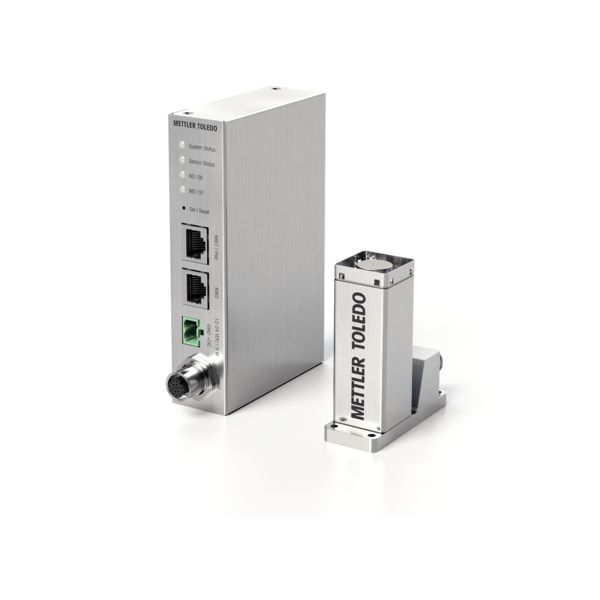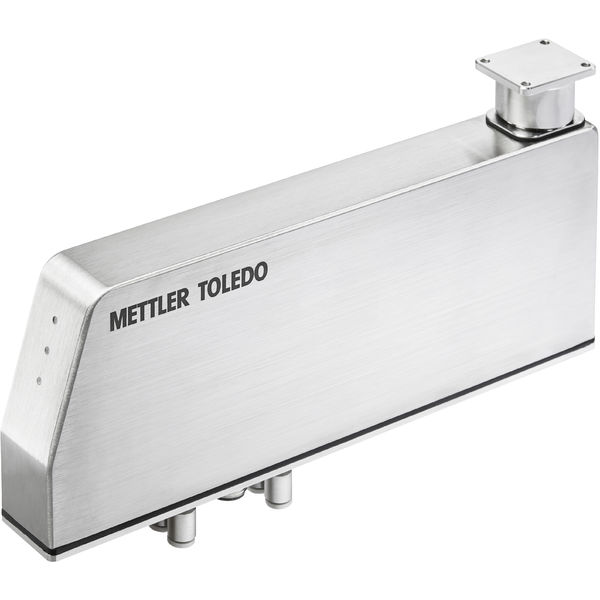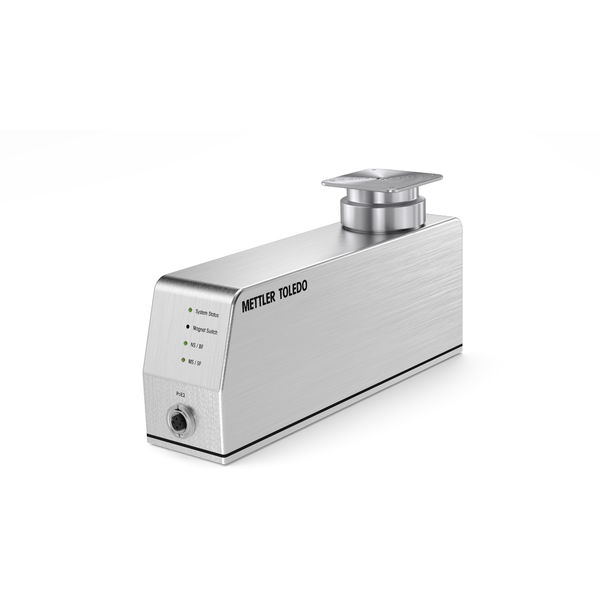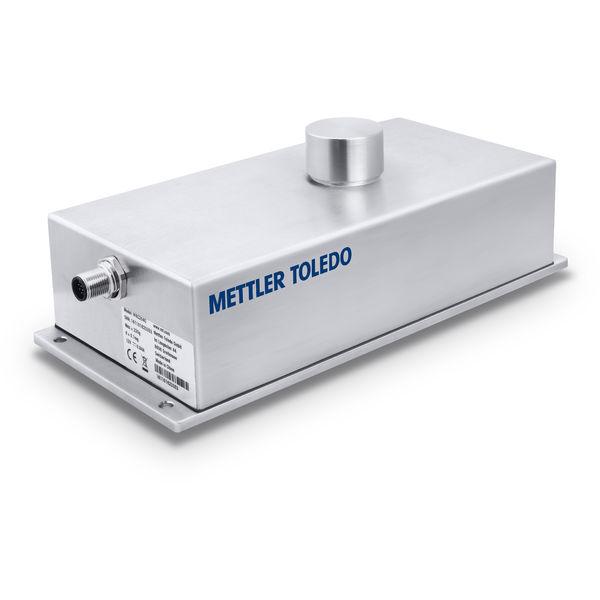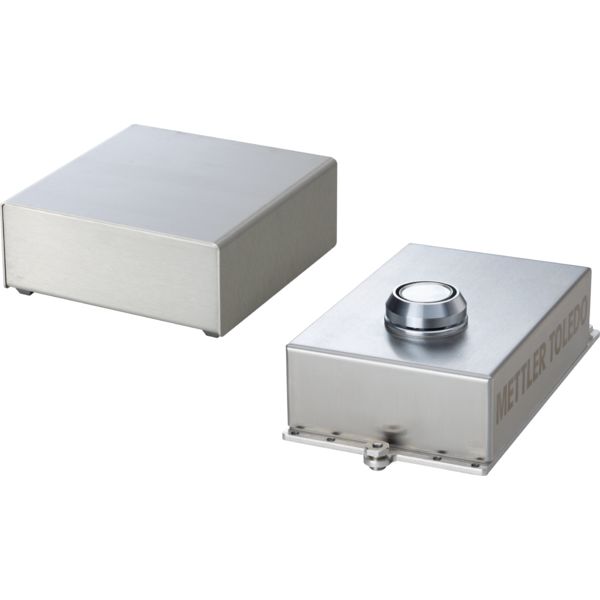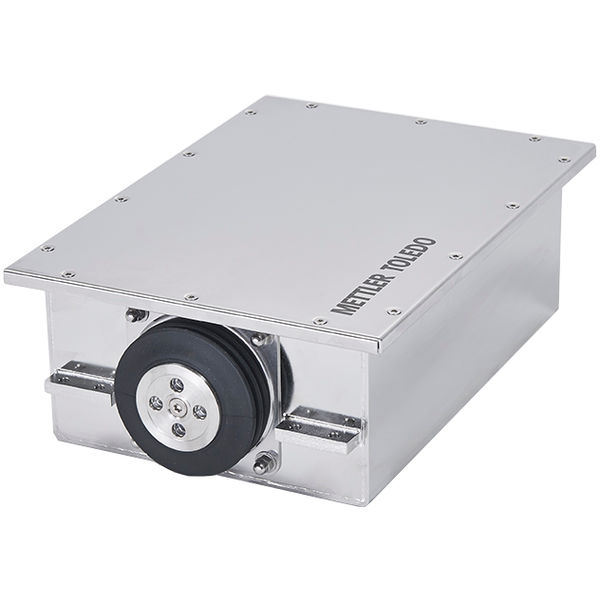Pipeline applications are wide and varied – choosing the right Pipeline metal detection system is critical to achieving maximum performance and brand protection. Pipeline metal detectors inspect pumped liquids, pastes, slurries, high-viscosity and vacuum-filled products for metal contamination. Having the correct throughput pipe, fittings, and reject device will help to efficiently remove metal-contaminated products from the production flow, minimizing the waste of good products.
The following steps guide you through choosing the best pipeline metal detection system for your application.
Step 1: Determine the size of the metal detector
A non-metallic throughput pipe is needed to transport the pumped product through the pipeline metal detection system aperture. The product throughput rate determines the required aperture size and pipe diameter.
Step 2: Consider the temperature of the product
The temperature of the product being inspected will determine the type of throughput pipe required. For example, heated products such as hot jam require a throughput pipe made to handle extremely high temperatures. Molten chocolate requires special water jackets around the throughput pipe to maintain temperature during the inspection process.
Step 3: Determine if there is any pressure in the system
The maximum system pressure must be known to be sure that the throughput pipe can handle the expected pressure. METTLER TOLEDO can supply a high-temperature, high-pressure non-metallic throughput pipe when needed for specific applications.
Step 4: Confirm what fittings are required
Having the correct fixtures to connect the throughput pipe to the rest of your production line is essential. METTLER TOLEDO supplies a range of fittings, custom support frames, floor-mounted and suspended options for easy integration with other production equipment.
Step 5: Choose the right reject mechanism
The right reject mechanism will depend on the product characteristics. Three-way diverter valves are available for most liquid or soft slurry applications, however, if there are any solid elements within the product flow, a specialized reject mechanism may be required.

